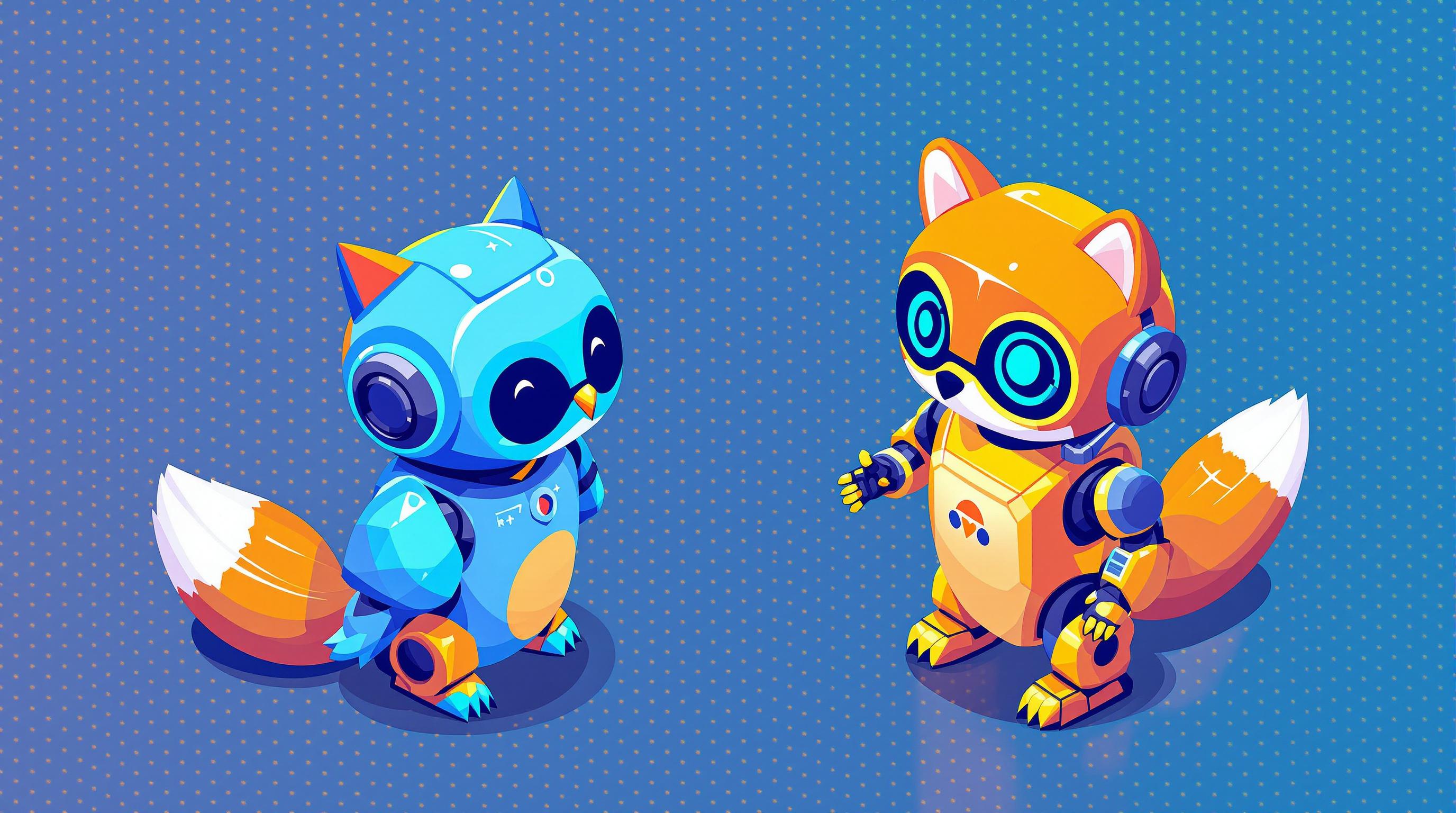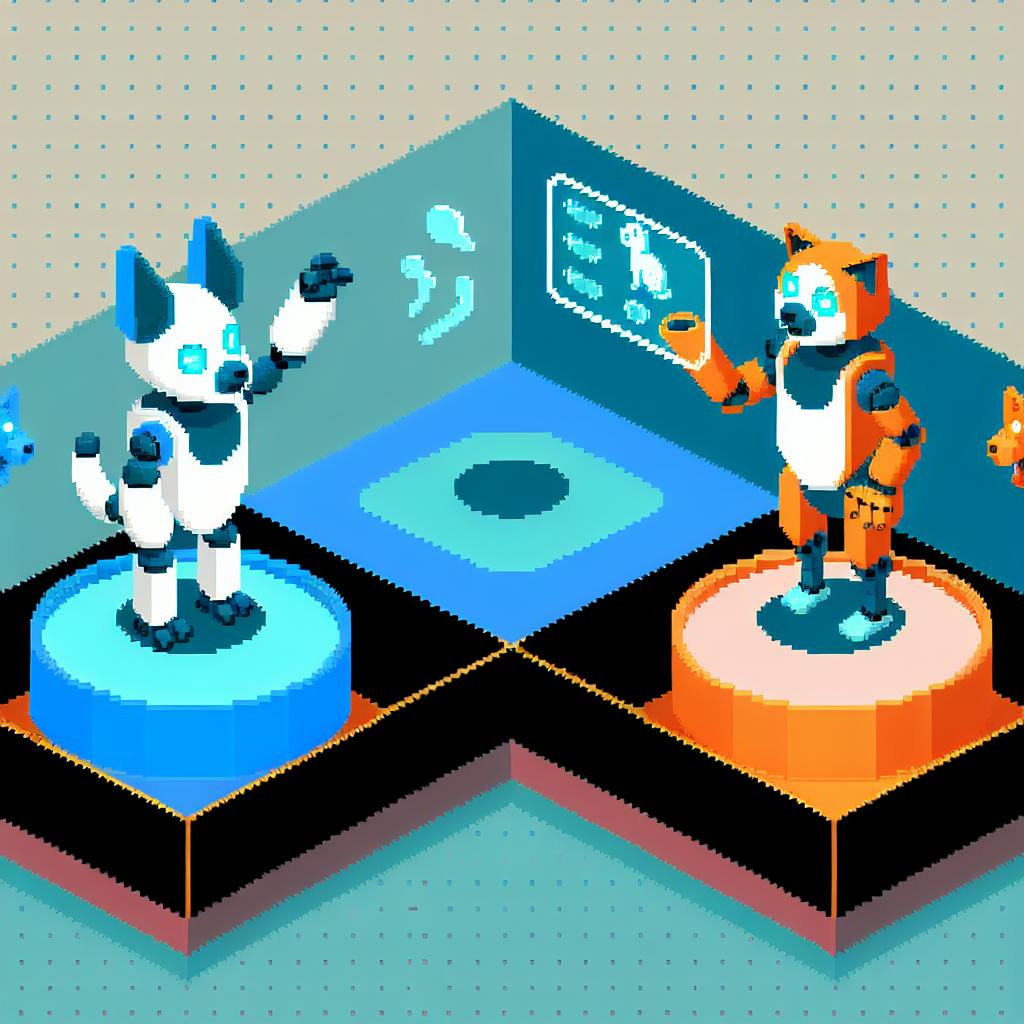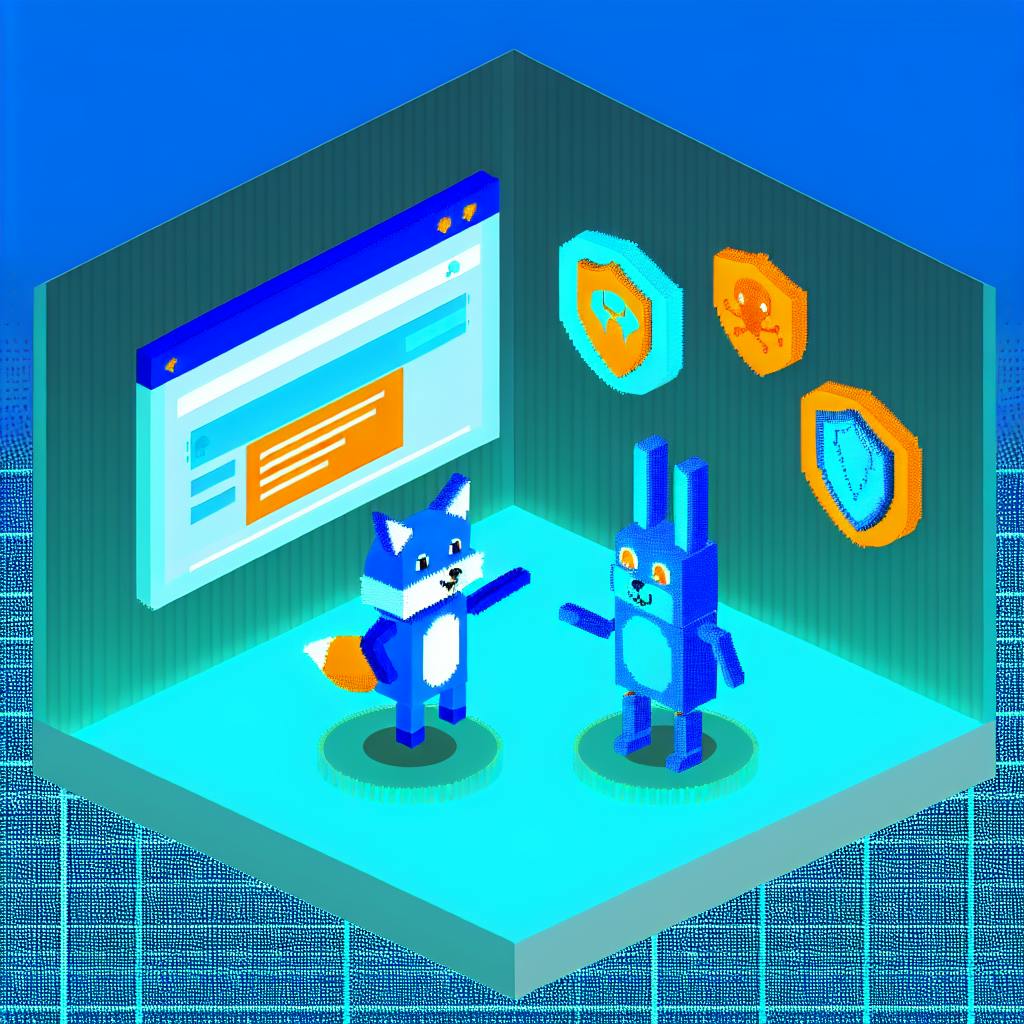Prototypes are essential for testing design ideas before development. Here's a quick breakdown of low-fidelity and high-fidelity prototypes to help you decide which to use:
-
Low-Fidelity Prototypes:
- Simple and quick to make (30 minutes to a few hours).
- Focus on layout, user flows, and content structure.
- Examples: Paper sketches, wireframes, static mockups.
- Best for early concept testing and quick feedback.
-
High-Fidelity Prototypes:
- Detailed visuals and interactive features (2-14 days to create).
- Mimic the final product with polished design and animations.
- Examples: Fully interactive digital prototypes.
- Best for user testing, stakeholder presentations, and developer handoffs.
Quick Comparison
| Aspect | Low-Fidelity | High-Fidelity |
|---|---|---|
| Creation Time | 30 mins - 4 hours | 2-14 days |
| Cost | $50-$200 | $1,000-$5,000+ |
| Visual Detail | Basic, placeholders | Pixel-perfect design |
| Interaction | Minimal or none | Fully interactive |
| Best For | Early concept testing | Final design validation |
Choose low-fidelity prototypes for speed and flexibility in early stages. Use high-fidelity prototypes for detailed testing and polished presentations. Both have unique purposes in the design process.
Low Fidelity vs. High Fidelity Prototyping - What's better?
Understanding Prototype Types
Prototype development involves distinguishing between low-fidelity and high-fidelity prototypes, each serving unique purposes in the design process.
Low-Fidelity Prototypes
Low-fidelity prototypes are simple, rough drafts that focus on layout, content structure, and basic user flows. Examples include:
- Paper sketches
- Digital wireframes showing layout and structure
- Static mockups
These prototypes skip detailed design elements and instead emphasize:
- Layout basics: General page structure and content placement
- Content hierarchy: Organization and prioritization of information
- Core user flows: Primary navigation paths within the interface
Since they are quick to create - usually in 30 minutes to a few hours - they are ideal for testing ideas early and gathering feedback without heavy resource use.
High-Fidelity Prototypes
High-fidelity prototypes are much closer to the final product, both in appearance and functionality. They include:
- Detailed visuals
- Interactive components
- Realistic content
- Animations and transitions
These prototypes can take anywhere from a few days to a couple of weeks to develop, depending on complexity. They are particularly useful for:
- User testing: Providing realistic interactions for testing
- Stakeholder presentations: Showcasing the product vision
- Technical handoffs: Offering detailed specifications for developers
The table below highlights the differences between these two types of prototypes:
| Aspect | Low-Fidelity | High-Fidelity |
|---|---|---|
| Creation Time | 30 mins - 4 hours | 2-14 days |
| Cost | $50-200 | $1,000-5,000+ |
| Visual Detail | Basic shapes, placeholders | Pixel-perfect design |
| Interaction | Minimal or none | Fully interactive |
| Best For | Early concept validation | Final design validation |
Both types are vital tools in the design process. The choice between them depends on the project's current stage, goals, and available resources.
Main Differences Between Prototype Types
Core Features and Goals
Low-fidelity prototypes are used to explore basic layouts and user flows. They focus on elements like navigation, content structure, and rough layouts, making them perfect for testing initial concepts.
High-fidelity prototypes, on the other hand, replicate the look and feel of the final product. These include polished visuals, brand-specific elements, and advanced interactions that simulate the end-user experience.
Design Detail and User Interaction
The two types of prototypes vary greatly in terms of design complexity and interactivity. Here's what sets them apart:
-
Low-Fidelity Prototypes:
- Grayscale designs
- Basic shapes and placeholders
- Simple typography
- Minimal or no interactivity
-
High-Fidelity Prototypes:
- Full color palettes and adherence to brand guidelines
- Precise spacing and alignment
- Detailed typography and icons
- Animations, transitions, and real content
Resource Requirements
The level of detail and functionality impacts the resources needed for each type of prototype. Here's how they compare:
| Resource Factor | Low-Fidelity | High-Fidelity |
|---|---|---|
| Design Tools | Simple sketching or wireframing tools | Advanced design and prototyping software |
| Team Involvement | 1-2 designers | Multiple designers, developers, and content creators |
| Modification Time | Minutes to hours | Hours to days |
| Technical Expertise | Basic design skills | Advanced knowledge of design and interaction |
| Hardware Requirements | Standard computer setup | High-performance systems for animations |
| Software Costs | $0-$200/year | $500-$2,000/year |
Low-fidelity prototypes are cost-effective, making them ideal for startups or small teams. They allow for quick iterations and minimal investment. High-fidelity prototypes, however, require more resources, including specialized software, skilled team members, and more time. These are better suited for later stages of the design process when a more realistic representation is needed.
Understanding these differences is essential for choosing the right prototype at each stage of the design process.
sbb-itb-2c3f1c2
Benefits and Limitations
Low-Fidelity Prototype Analysis
Low-fidelity prototypes are great for quickly testing out design ideas without spending too much time or money. Their simplicity keeps the focus on usability and core functionality, rather than getting distracted by visual details.
Key benefits include:
- Easy and inexpensive way to explore multiple ideas.
- Fast iterations allow for early user feedback.
- Keeps attention on the basic structure and user flows.
- Designers can quickly discard concepts that don’t work.
However, there are some limitations:
- Limited interactions mean fewer insights into user behavior.
- Not suitable for evaluating visual design elements.
- Can lead to communication issues with stakeholders.
- Feedback may be skewed, as users might focus on its rough, unfinished look.
On the other hand, high-fidelity prototypes offer a more polished and realistic experience.
High-Fidelity Prototype Analysis
High-fidelity prototypes provide a detailed and interactive version of the design, making them useful for gathering in-depth feedback. Their realistic appearance helps teams evaluate visual and functional aspects more effectively.
Advantages:
- Offers precise feedback on the final design’s details.
- Allows for thorough assessment of visuals and interactions.
- Builds confidence with stakeholders due to its polished presentation.
- Helps validate technical feasibility before full development.
| Limitation | Impact |
|---|---|
| Time Investment | Requires significantly more time to develop. |
| Change Resistance | Teams may resist making big changes after investing so much effort. |
| Resource Intensity | Demands specialized tools and skilled team members. |
| Scope Creep | Can lead to new feature requests, potentially delaying the project. |
The choice between low- and high-fidelity prototypes depends on factors like the project stage, available resources, and specific testing goals. Teams should carefully consider these factors to choose the right approach.
Choosing the Right Prototype
Picking the right prototype depends on where your project stands, the resources available, and what you need to test.
When to Use Low-Fidelity Prototypes
Low-fidelity prototypes are great for the early stages of development, when speed and flexibility are key.
Early Concept Testing:
- Test basic user flows
- Validate assumptions about user journeys
- Try out multiple design ideas at once
Quick Turnaround Projects:
- Agile sprints needing fast feedback
- Projects with tight budgets or limited time
- Scenarios where frequent updates are expected
| Project Phase | How Low-Fi Prototypes Help |
|---|---|
| Initial Planning | Quickly validate ideas to guide the design process |
| Design Exploration | Test several approaches without much delay |
| User Research | Get quick feedback on usability basics |
| Stakeholder Communication | Collect feedback early in the process |
When to Use High-Fidelity Prototypes
High-fidelity prototypes work best when you need detailed testing or a polished presentation.
Final Design Validation:
- Test complex interactions and animations
- Evaluate visual design elements
- Showcase a near-complete user experience
Stakeholder Presentations:
- Impress clients with a polished demo
- Use for executive approvals
- Present in investment pitches
| Development Stage | How High-Fi Prototypes Help |
|---|---|
| Pre-Development | Check technical feasibility |
| User Testing | Gather detailed insights on interactions |
| Design Handoff | Provide clear specs for developers |
| Marketing | Create materials that resemble the final product |
How to Decide
-
Project Timeline
Tight deadlines may require low-fidelity prototypes for quick iterations, while high-fidelity prototypes take longer to develop. -
Budget Constraints
High-fidelity prototypes often need more tools and expertise, so consider your budget carefully. -
Testing Goals
Match the prototype to your testing needs:- Use low-fidelity prototypes for checking core functionality and basic flows.
- Use high-fidelity prototypes for evaluating detailed interactions and visuals.
This approach helps teams choose the right prototype to match their specific goals and constraints.
Conclusion
Choose prototypes based on their purpose: quick testing or in-depth validation. Low-fidelity prototypes are great for testing ideas and making fast adjustments, while high-fidelity prototypes are better for refining detailed interactions and showcasing polished designs.
The best strategy is to use both types at different stages of your project. Start with low-fidelity prototypes to test core ideas, then move to high-fidelity ones as your designs take shape - aligning each type with the needs of your project phase.
For more insights into prototyping trends, check out CMS Crawler. They provide free statistics on CMS and no-code platforms to help teams pick the right tools for their prototyping process.


